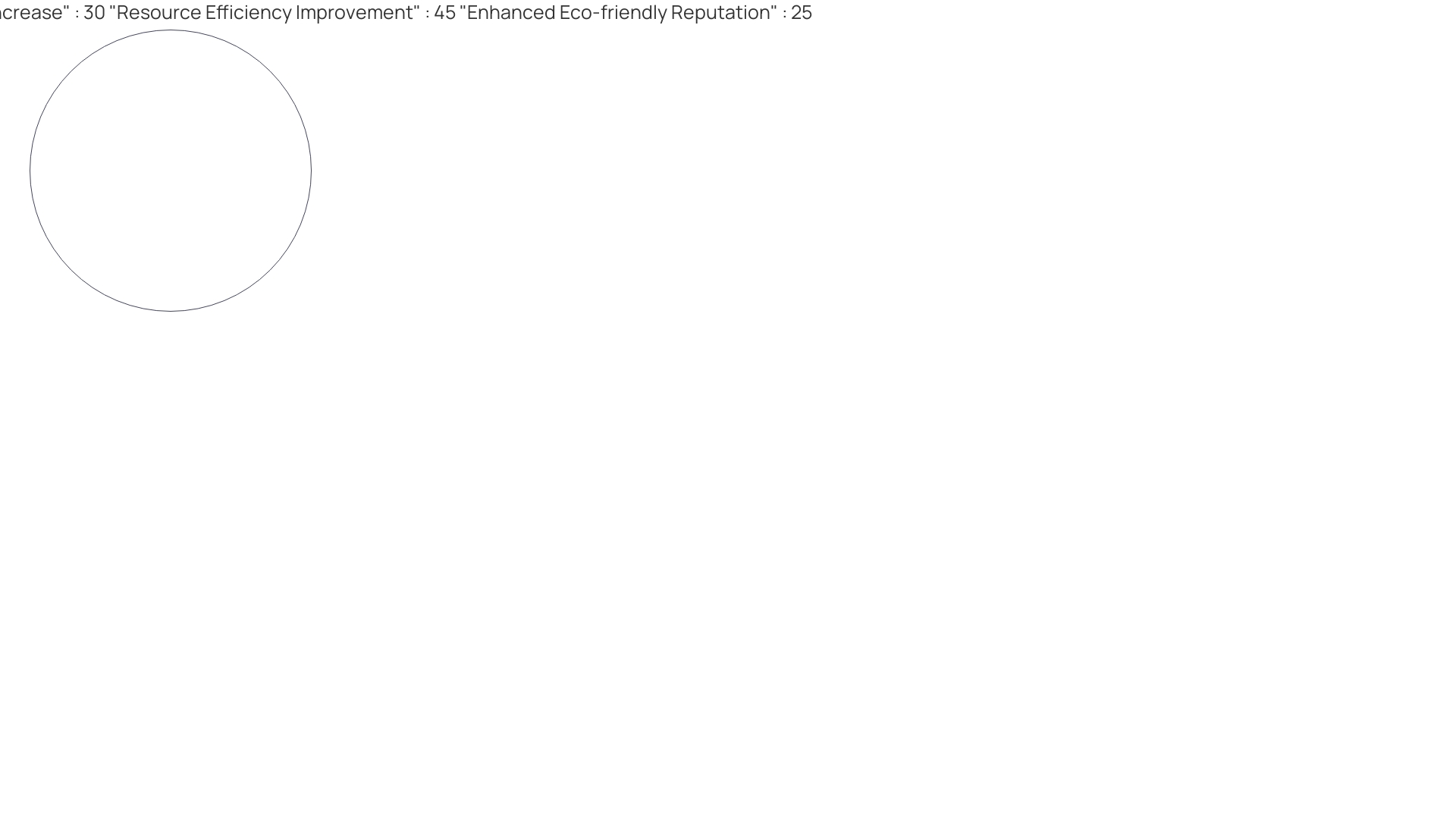Introduction
Transforming a house into a smart home goes beyond technology; it's about creating an adaptive environment that caters to the needs of its occupants. In a recent case study, an IoT consulting firm showcased the implementation of smart home automation, integrating various devices into a cohesive ecosystem. By prioritizing compatibility and security measures, they ensured seamless communication and protected the homeowner's privacy and data.
Leveraging the latest Matter 1.2 specification, the firm expanded the smart home's functionality to include not only traditional devices but also large appliances and air quality sensors. This resulted in enhanced convenience, security, and energy efficiency for the homeowner. The case study serves as a testament to the importance of careful planning, device selection, and a holistic integration strategy to unlock the full potential of smart home automation.
Case Study: Smart Home Automation Implementation
Transforming a house into a smart home is more than just a technological upgrade; it's about crafting a responsive environment that adapts to the needs of its inhabitants. A leading It consulting firm recently showcased this by enabling a homeowner to integrate a wide range of devices, from smart lighting to security systems, into a single, cohesive ecosystem. To address the complexities of device compatibility, the firm deployed a strategy that emphasized the use of standardized protocols, ensuring seamless communication between different IoT components.
They also prioritized robust security measures, including encryption and secure authentication, to protect the homeowner's privacy and data. Leveraging the latest Matter 1.2 specification, the firm included support for a variety of new devices, aligning with industry trends to make the smart home even more comprehensive and connected. This included not only traditional smart devices but also large appliances and air quality sensors, enhancing the home's functionality and convenience.
The homeowner's experience was transformed, with the ability to easily monitor and manage their smart home leading to enhanced convenience, security, and energy efficiency. Automation of routine tasks and real-time alerts contributed to a significant reduction in energy consumption, aligning with the goal of a sustainable, comfortable, and secure living space. As the IoT landscape continues to evolve, this case study serves as a testament to the importance of careful planning, device selection, and the adoption of a holistic integration strategy to realize the full potential of smart home automation.
Case Study: Supply Chain Optimization in Logistics
In a transformative collaboration between an It consulting firm and a leading logistics company, the integration of It technologies revolutionized supply chain management. By deploying IoT sensors, real-time tracking and monitoring of goods became possible, providing instant visibility into the movement of products.
This not only allowed for proactive management of potential delays but also streamlined route optimization to curtail transportation costs. The consulting firm's implementation of predictive analytics harnessed IoT data to forecast demand accurately, leading to optimized inventory levels and reduced risk of stock shortages or excess.
This strategic approach to inventory management, coupled with an automated system tracking stock levels and replenishment needs, minimized manual errors and ensured inventory was always at its most effective levels. The results were profound.
Operational efficiency surged, with the logistics company experiencing faster delivery times and a notable reduction in delivery delays. Furthermore, the real-time data empowered the company to offer precise delivery updates to customers, enhancing satisfaction and trust. On the financial side, the company saw a significant reduction in inventory holding costs, leading to considerable savings. The case study exemplified the potential of IoT to not only streamline supply chain operations but also to contribute to sustainable management practices by reducing waste and optimizing energy consumption. The insights provided by the consulting firm's deep dive into the technical specifics, including the data architecture and partner vendors, underscored the importance of modernizing logistics with IoT for enhanced security, transparency, and traceability.

Case Study: Smart Agriculture Implementation
The integration of IoT technologies into agriculture is revolutionizing the industry, offering solutions to enhance efficiency and sustainability. In a compelling case study, an IoT consulting firm transformed a farm's operations by implementing advanced smart agriculture technologies. The farm initially struggled with inefficient irrigation, inconsistent soil monitoring, and a lack of real-time crop health insights.
To address these challenges, IoT sensors were deployed to monitor soil moisture levels, providing data to optimize irrigation schedules. Additionally, crop health was closely monitored through sensors and drones, enabling early disease detection and nutrient management. An automated irrigation system was introduced, utilizing real-time soil data to adjust water supply, resulting in optimal irrigation and reduced water wastage.
The outcomes were remarkable: crop yield increased due to precision in water and nutrient delivery, and resource efficiency was significantly improved, lowering water costs and preserving a vital resource. Furthermore, the farm's commitment to sustainable practices enhanced its reputation as a responsible, eco-friendly entity. Insights from the case study underscore the transformative power of IoT in agriculture, with the potential to boost crop yields, improve resource management, and promote sustainability.

Conclusion
The case studies showcased the transformative power of IoT in various industries. In smart home automation, careful planning, standardized protocols, and robust security measures resulted in enhanced convenience, security, and energy efficiency.
The integration of Matter 1.2 specification expanded functionality to include large appliances and air quality sensors. Supply chain optimization benefited from real-time tracking and predictive analytics, leading to improved operational efficiency, faster delivery times, reduced costs, and increased customer satisfaction.
In smart agriculture implementation, IoT technologies addressed challenges like inefficient irrigation and inconsistent soil monitoring. Sensors for soil moisture monitoring, crop health monitoring through sensors and drones, and an automated irrigation system utilizing real-time data yielded remarkable outcomes: increased crop yield, improved resource efficiency with lower water costs, and enhanced sustainability practices. These case studies underscore the importance of careful planning, device selection, standardized protocols, security measures, and a holistic integration strategy in unlocking the full potential of IoT. By strategically embracing IoT technologies, businesses can achieve enhanced convenience, security, efficiency, sustainability, and customer satisfaction.





